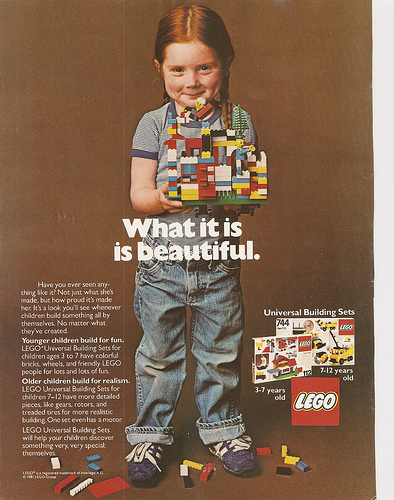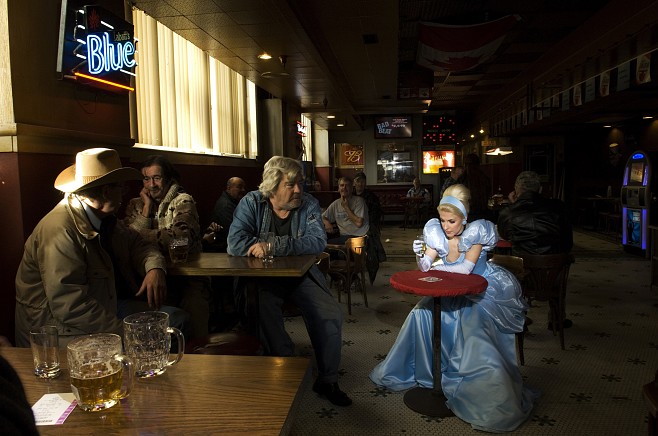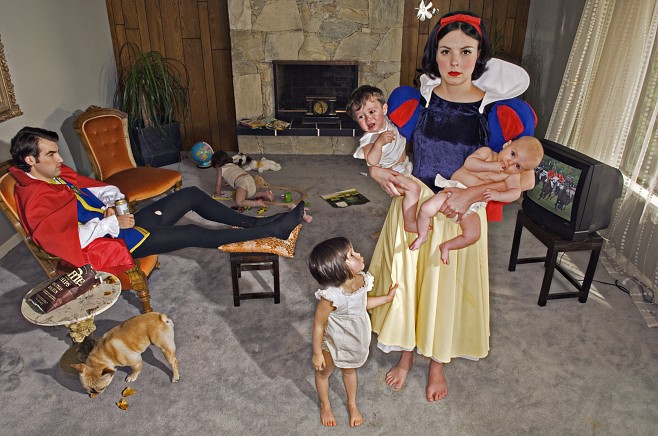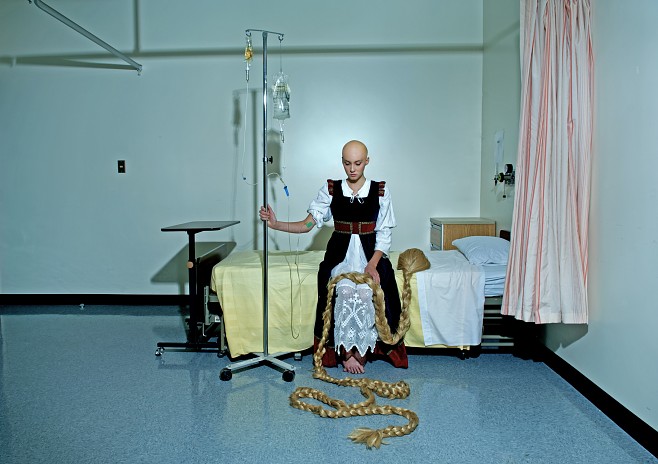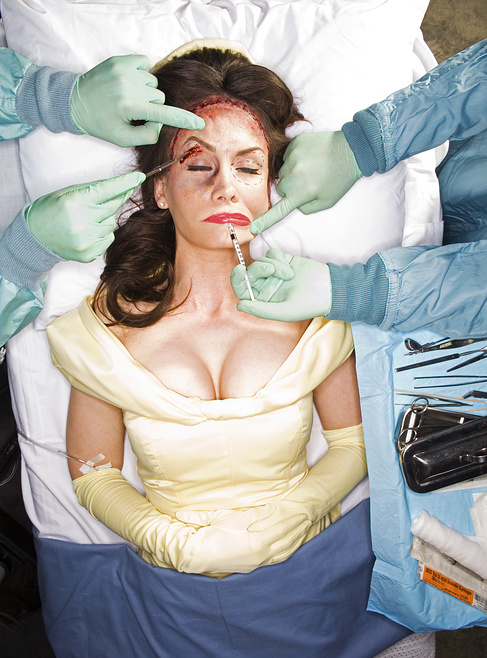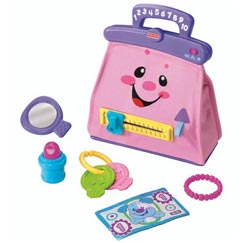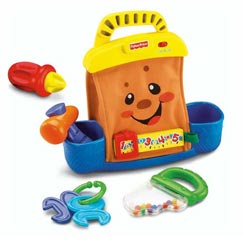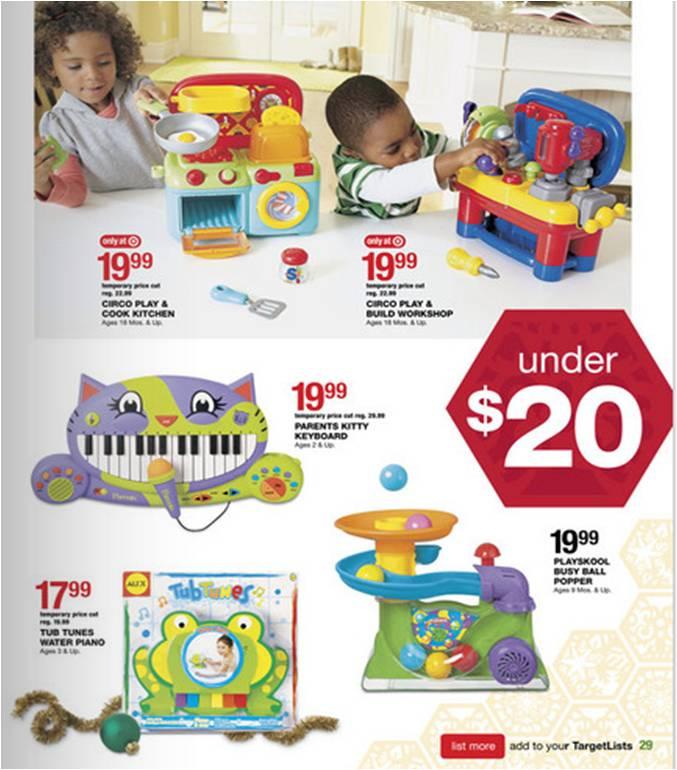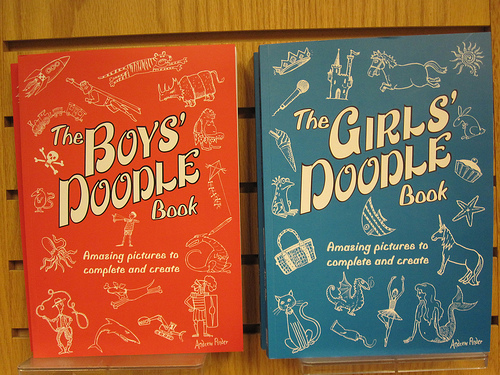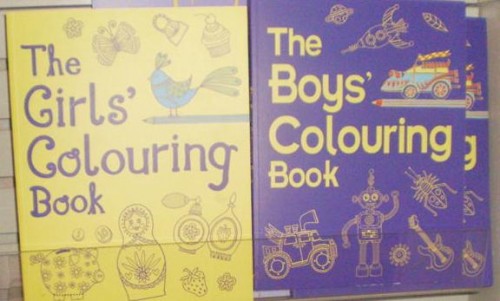Dmitriy sent us a link to the Candies Foundation, a non-profit organization that wants teenage girls to avoid pregnancy by abstaining from sex. So they’re going to make abstinence as sexy as possible! The slogan: “I’m SEXY enough… to keep you waiting”:
I noticed also that the message is aimed exclusively at girls. “You” is implicitly a guy.
The responsibility for keeping teens abstinent and for preventing teen pregnancy, then, falls solely on girls.
Dmitriy also points out that the campaign promotes abstinence, but not the use of birth control. He adds: “we do not combat auto accidents by not driving. we prevent them through driving and safety ed.”
See also this post featuring sweatpants that say “true love waits” across the ass.
—————————
Lisa Wade is a professor of sociology at Occidental College. You can follow her on Twitter and Facebook.

